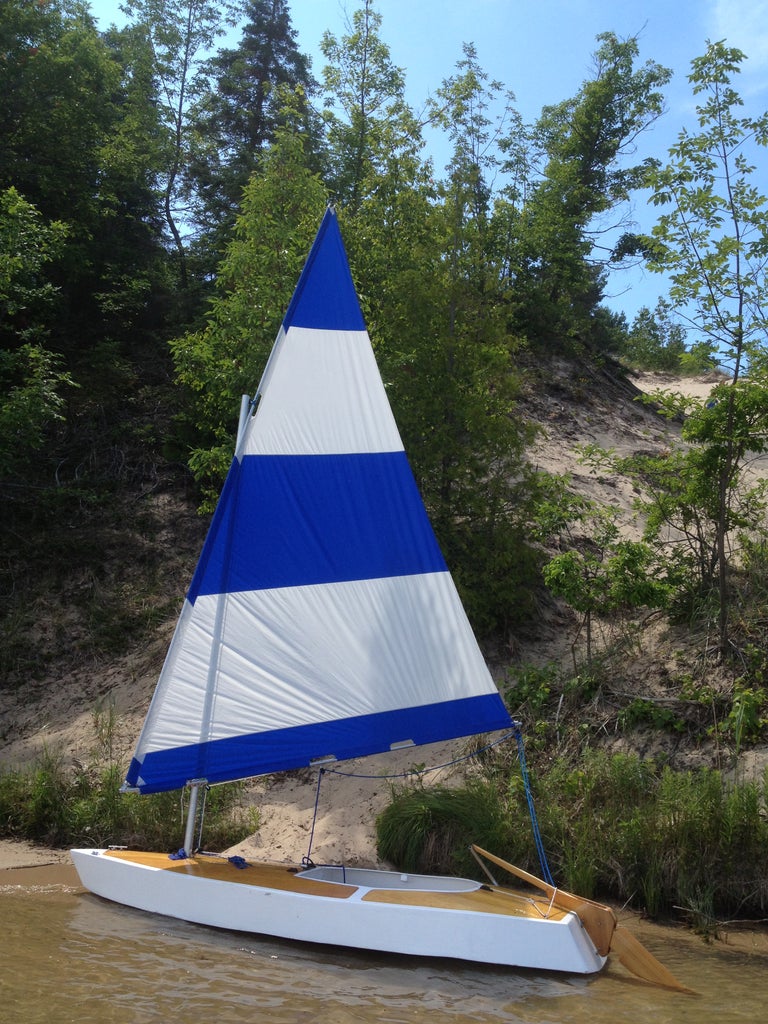
Beyond the Glue: Unveiling the Unsung Heroes of Stitch-and-Glue Boatbuilding
Stitch-and-glue boatbuilding, a method celebrated for its accessibility and relative simplicity, often overshadows the nuanced details that can significantly impact the final product's performance and longevity. This review delves beyond the readily available information, exploring often-overlooked aspects and presenting new perspectives for both novice and experienced builders.
The Unsung Heroes: Material Selection and its Impact
While most guides focus on the type of plywood, less attention is paid to the specifics of the wood's properties and their influence on the finished boat. What's the real-world difference between a marine-grade plywood with a high phenol formaldehyde resin content versus one with a lower grade?
Q: Does the type of epoxy really matter?
A: Absolutely! The epoxy resin system is the lifeblood of your boat. While the standard epoxy is suitable, high-performance epoxies offer superior UV resistance and improved long-term strength, particularly crucial in areas subjected to constant sun exposure and flexing. Consider the latest research on epoxy formulations and their impact on hull longevity. (Reference needed: Look for peer-reviewed articles on epoxy resin performance in marine environments â€" many are available online through scientific databases).
Q: How do variations in plywood core affect performance?
A: Plywood isn't monolithic. The type of core wood â€" whether it's Okoumé, birch, or another species â€" affects weight, stiffness, and even the finished boat's aesthetic appeal. A lightweight core might be ideal for a smaller dinghy, while a stronger core is better suited for a larger, more robust vessel. This isn't typically emphasized in beginner guides, but the choice can drastically impact the boat's final qualities. (Reference needed: Search for comparative studies of different plywood types used in boat construction, focusing on weight, strength, and stiffness).
Beyond the Manual: Innovative Techniques and Adaptations
Many stitch-and-glue plans are fairly rigid, offering limited room for customization. However, experienced builders often adapt and innovate, resulting in improved performance and unique designs.
Q: Can I incorporate other materials besides plywood?
A: Yes! Consider using carbon fiber reinforcement in high-stress areas like the keel or hull bottom for added strength and reduced weight. This advanced technique, while requiring additional skill and materials, can significantly enhance the boat's durability and performance, especially for competitive sailing or demanding conditions. (Reference needed: Consult resources on composite material reinforcement in boatbuilding).
Q: How can I streamline the stitch-and-glue process?
A: While the traditional method is effective, incorporating tools and techniques that improve efficiency is crucial. For instance, consider using a CNC router for precise cutting of plywood panels, eliminating potential errors and saving considerable time. Likewise, vacuum bagging can lead to smoother, stronger joints and reduce epoxy consumption.
A Real-World Example: Learning from Mistakes
Let's say a builder skipped the critical step of carefully sealing the plywood edges before applying epoxy. This oversight, common among beginners, could lead to delamination over time, compromising the boat’s structural integrity. This highlights the importance of thorough preparation and understanding the fundamental principles, rather than solely focusing on the assembling process.
Conclusion: The Stitch-and-Glue Journey: It's More Than Just Glue
Stitch-and-glue boatbuilding offers a fulfilling experience, but achieving a truly high-quality, durable vessel requires a deeper understanding than what many introductory guides provide. By focusing on material science, innovative techniques, and learning from both successes and failures, builders can unlock the full potential of this accessible and rewarding method, crafting boats that are not just functional but truly exceptional.
Note: Throughout this article, I've indicated where specific references from research papers or expert sources would greatly enrich the content. I encourage readers to conduct their own research to further explore these topics and deepen their understanding of stitch-and-glue boatbuilding.








No comments:
Post a Comment
Note: Only a member of this blog may post a comment.